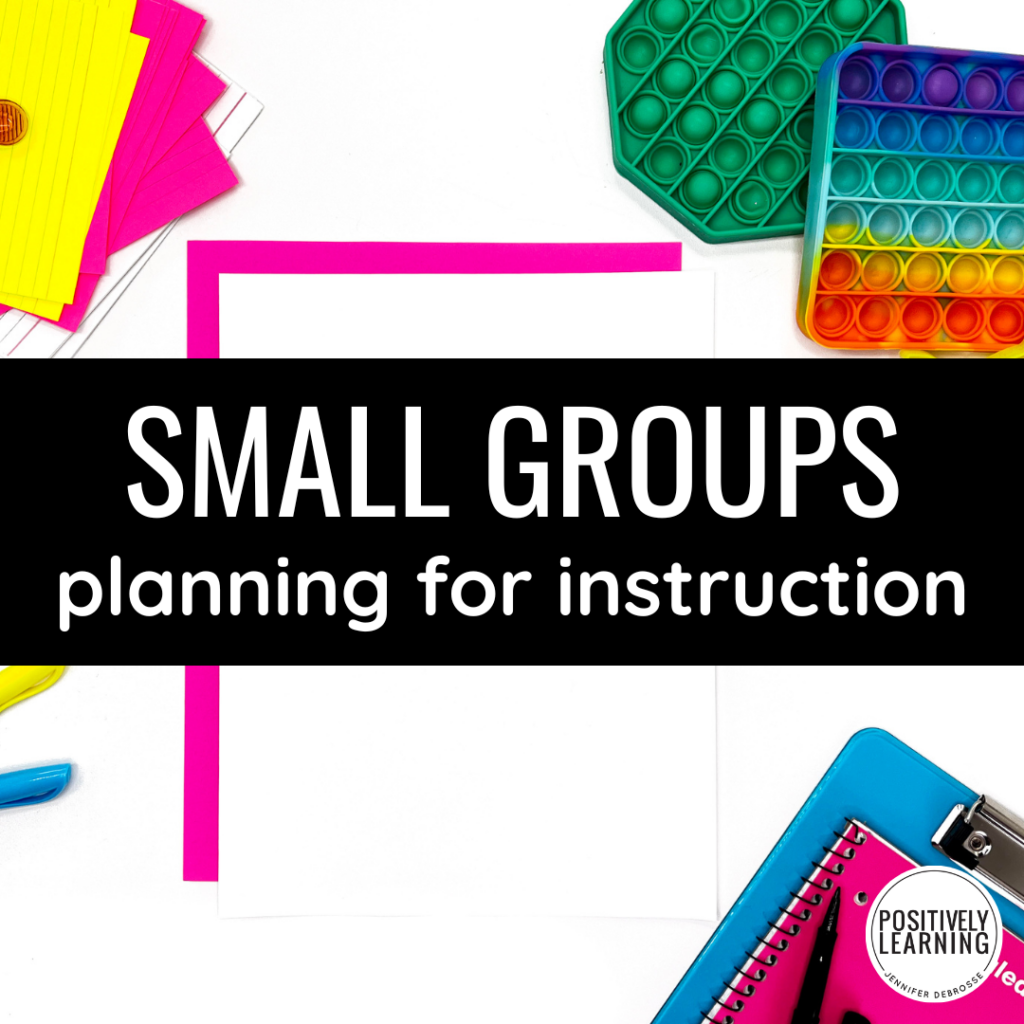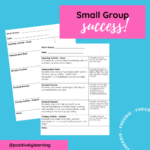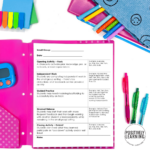
Small group planning and differentiation usually top the list of questions I receive as an instructional coach supporting special educators.

Table of Contents
ToggleRecently, I shared some quick tips for pulling small groups in the inclusion setting. These tips were based on the success I experienced after trying MULTIPLE ways to support students in small groups.
These suggestions have continued to support teachers however, TRUST YOURSELF – you know your students best and what they need to succeed.
What setting comes to mind when you hear “small groups?” Do you picture 4-6 students working at the back table?
Or maybe a rotating group working with an interventionist while everyone else is learning at the carpet?
While there are certainly valuable learning activities that occur in those small group settings, I want to dig a little deeper…
Sound complicated? It's really not!
In fact, once I started using this model, not only did students on my caseload really take off with learning independently, I was also able to make the groups much more fluid = reaching more learners!
A wonderful result from trying these new options is that EVERY student may have the opportunity to work in both small AND whole group settings.
Here's the small group guidelines and planning page to try out with your students!
CLICK HERE to check out this blogpost about small group instruction.

I’m Jennifer and I was a special educator in the elementary school setting over the past decade. I entered the classroom every day dedicated to making learning inclusive AND engaging.






This website uses cookies to ensure you get the best experience on our website. See full disclosure here.
This website uses cookies to ensure you get the best experience on our website.
See full disclosure here.